General HDTV Characteristics
Aside from the specific technical features already listed, there are some standard characteristics that can be compared between any two HDTVs. These all figure into how accurately your HDTV will reproduce the picture from various sources. At the end of the day the important thing is comparing different TVs with your own eyes. Each has a unique set of strengths and weaknesses, and the best picture for you is always subjective, determined largely by which imperfections bother you the most.

Black Level
Traditional LCD displays aren't very good at reproducing very dark colors because there's always light behind evey pixel. This can be mostly eliminated by LED backlighting, although right now that's only available on high end LCD HDTVs. DLP and plasma HDTVs don't generally have any problems in this area.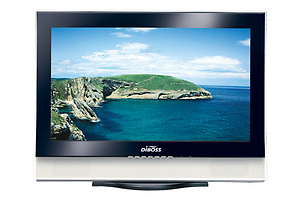
Brightness
Just as a HDTV should produce dark blacks, it should also produce bright whites. Even though LCDs are generally not as bright as DLP or plasma HDTVs, they may seem brighter due to their high color saturation (see below).Contrast
How much brighter the whitest white is than the blackest black is a huge component of accurate color reproduction. Your eye is much more sensitive to changes in brightness than in hue (color variation). If you want good color you have to start with correct brightness, and correct contrast assures each step from completely dark to full brightness is also correct. Poor contrast can result in either washed out color in very bright video or loss of detail in dark areas. Due to the combination of factors that go into black level and brightness, DLP HDTVs have varying contrast, largely determined by the quality of their color wheel. This is where plasma excels due to its combination of good black levels and brightness, generally resulting in the best contrast.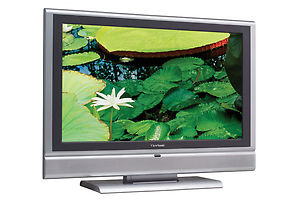
Color Saturation
Just as with old fashioned analog TVs, color saturation in HDTVs varies widely from model to model. As with other aspects of the picture, the display technology can have an impact here as well. Plasma displays tend to have good, even saturation, as do many high end LCDs. Lower end LCDs often have more color saturation, while DLP generally has less than either plasma or LCD. LCD's increased saturation causes most people to mistakenly believe it has a higher contrast than it does.Image Processing
The picture displayed on a HDTV may be processed in a number of ways before getting being displayed. It can be sharpened, which can make edges crisp but also create jagged lines in place of smooth edges. Smoothing can reduce jagged edges at the expense of a certain amount of detail. Neither is objectively superior, so you'll have to judge for yourself what makes a good picture. Just be aware that even with the same underlying technology and resolution, two HDTVs can have vastly different pictures.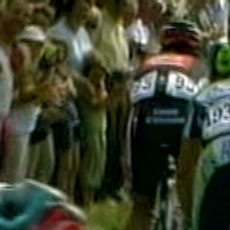
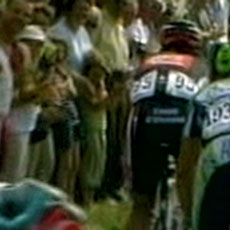
| * Don't get too hung up on technical elements of the picture. If you like the way the it looks you don't need to be able to explain why. 'I like it' or 'I don't like it' are as technical as you need to be. At the same time, understanding the settings that go into a good or bad image, often explained in owners manuals, can help you tell the difference between a HDTV with poor quality and one that's just poorly adjusted. |

Screen Composition
Screens made of different material obviously have different reflective properties. Even a display that performs well in a well lit room can be affected by glare, particularly from direct sunlight. The glass screens on plasma displays are generally most prone to this problem. No display performs at its peak with light shining directly on the screen, so this is mainly an issue in rooms where you don't have much control over lighting conditions.Tuners and CableCard
Depending on how you'll be getting your HDTV broadcasts you may want to consider a HDTV with multiple tuners or a CableCard interface. Multiple tuners can be used to receive DVB-C cable television and DVB-T Over The Air (OTA) signals on the same TV. In the U.S. a CableCard interface is used to connect digital cable television directly to your TV (or DVR) without requiring a set-top box.
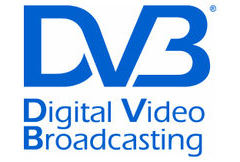

| * Since the current CableCard specification (2.0) doesn't provide much of the functionality you'll likely want for cable television, including Video on Demand (VoD) and Pay-Per-View (PPV), you should consider all the implications of replacing your cable box with a CableCard before paying extra to get support for it in your TV. Right now CableCard is much more useful for DVRs than HDTVs. |

